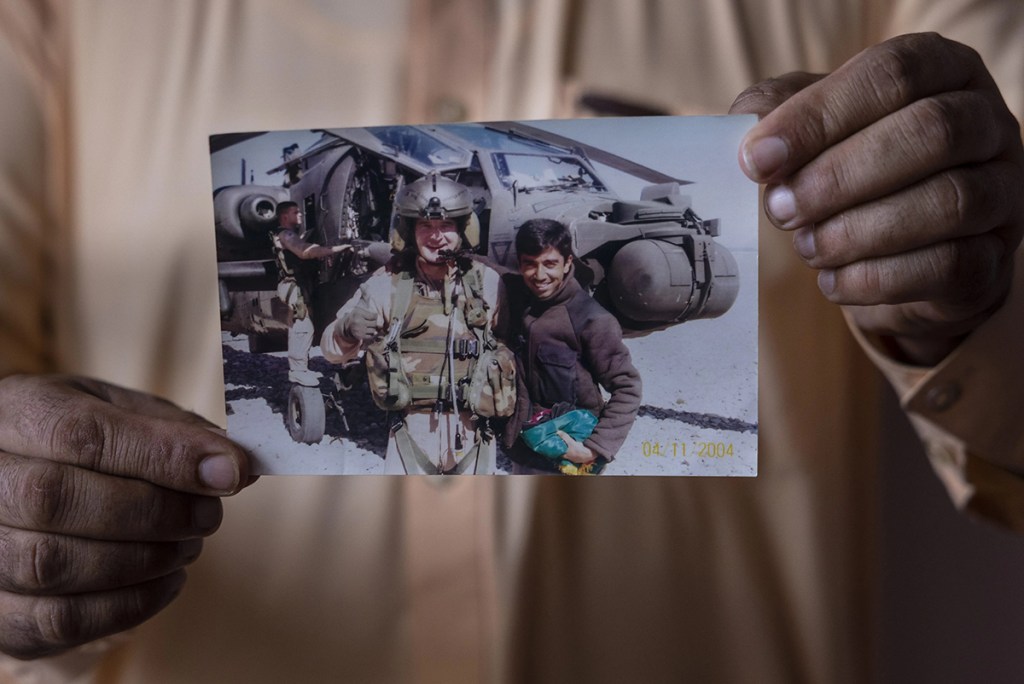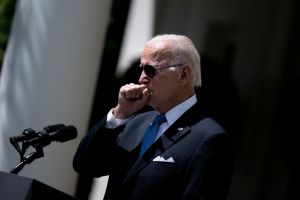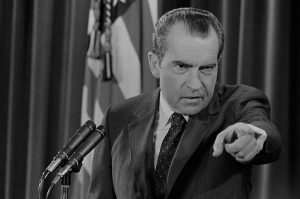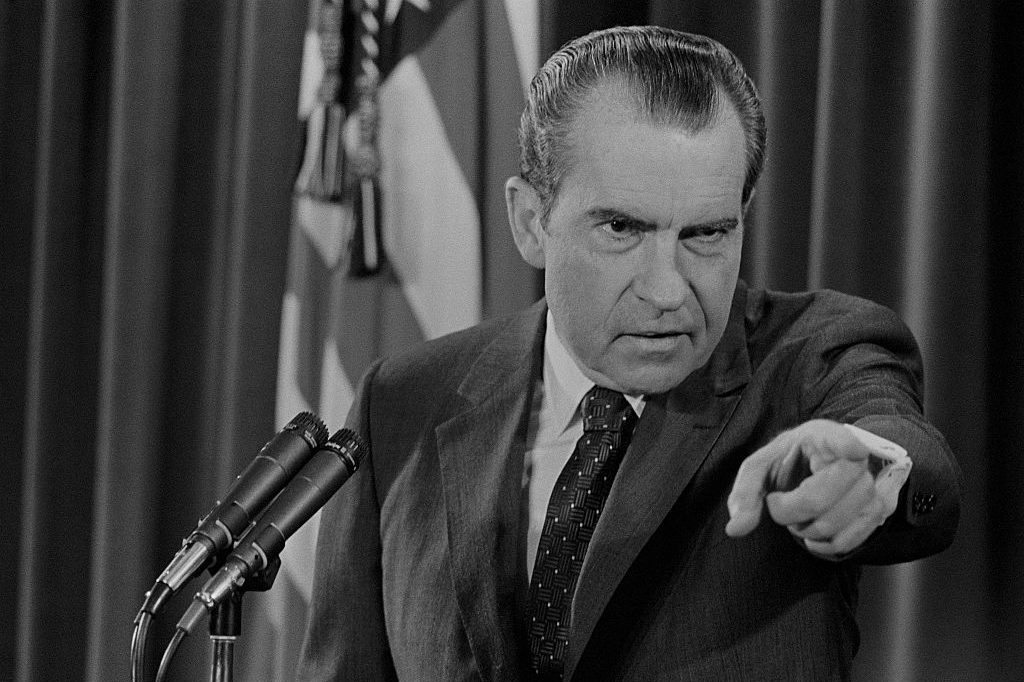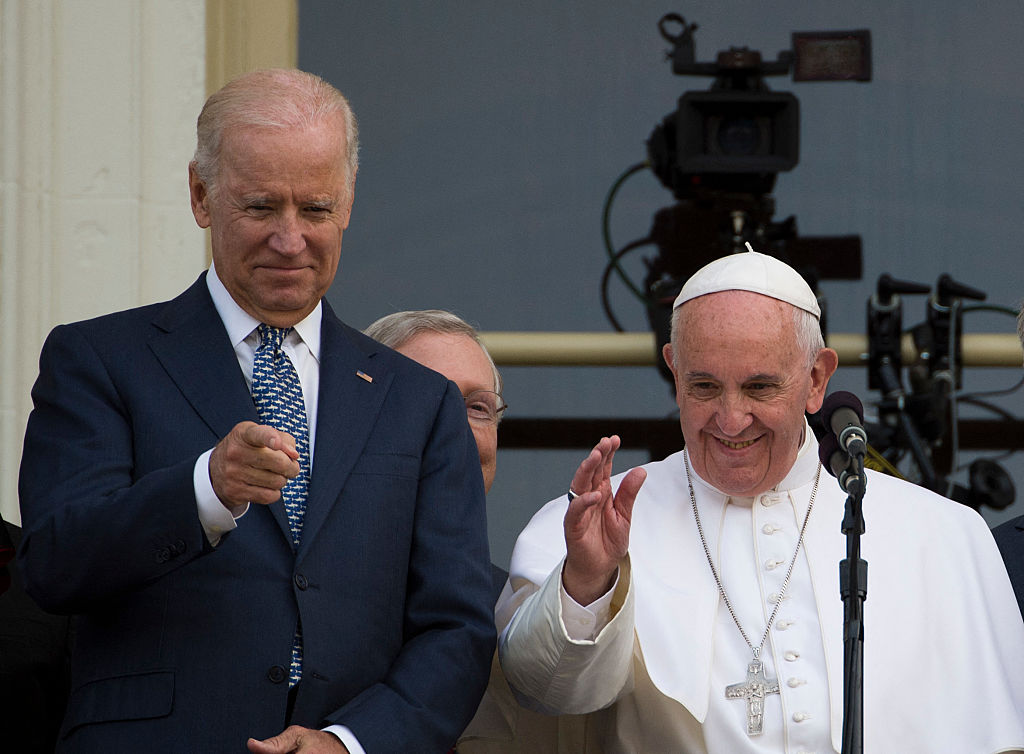The administration’s utter failure to plan for the inevitable Afghanistan evacuation meant that it had barely enough resources to focus on getting (some) US citizens out of the country. If the government was the only actor calling the shots — normally standard procedure in war zones, to say the least — then the tens of thousands of Afghan allies who had risked their lives based on years-long US promises of loyalty would be on their own.
Colonel Seth Krummrich, a twenty-two-year Green Beret who served as the chief of staff for Special Operations Command Central (SOCCENT) during the withdrawal, told us that US special forces had had just enough capacity to rescue Americans stranded across the country, but evacuating SIV applicants was simply beyond their bandwidth. So they had to rely on the veterans’ groups. The ad hoc reliance on veteran-led groups was necessary “because there was not a plan or procedure in place to move our allies out of the country.”
For several days after the Taliban took over, the State Department continued to operate as if no emergency existed, charging US citizens $2,000 or more for their flights out of the country, as it would under normal conditions. Krummrich ripped into Blinken and the State Department as “criminally incompetent.” The total lack of established procedures, he continued, was because “the plan that Blinken and Biden agreed to was unicorn thinking.” The administration’s decision-makers had theorized a best-case scenario and organized everything around that outcome, without considering whether things might turn out differently.
“Blinken was not going to sit there in front of the president and be like ‘Well, you know, the State Department is totally backed up by three to five years on all of our pieces right now. If we have to surge 100,000 visas in three months, we can handle it, boss.’ That conversation never came up, so there was no system in place.”
On August 24, Krummrich sent a Signal message to one of the vet groups, asking for assistance extracting the family of a former special forces interpreter. The family had been to the gates at Kabul Airport several times over the previous few days but couldn’t make it through. He added, “US SOF in-theater asking for assistance to get them onto HKIA as they are currently overstretched by AMCIT [American citizen] extractions.” A subsequent request for help from special operations officers read similarly: “Team, looking for help moving two interpreters (+1 wife) and an ANA brigadier general + wife and 3 sons. They worked closely with SF ODA 0321 and the USMC during the heavy Helmand fighting. They all are being actively hunted by the Taliban. Forced to flee their homes, they are at the Serena hotel when they are not at the East Gate trying to get in.”
SOCCENT’s request was unique in that it came from a military unit tasked with evacuating people. Otherwise, it was downright ordinary. By now, numerous government agencies had reached out to privately run evacuation networks for assistance in evacuating their people. On August 22, Treasury Department officials asked the same network to rescue seventy-five employees and family members of the Afghan National Bank. A few State Department officials who actually cared about the bottom-line mission instead of their own reputations likewise asked for assistance. The Defense Intelligence Agency’s entire rescue mission for the first several days of the evacuation was quarterbacked not by central headquarters or the agency’s operations division but by a disparate group of individual agents who took the initiative and created their own operations center out of a DIA field office in San Antonio, Texas. And government officials of all stripes frequently reached out to ask for phone numbers or email addresses of military officers on the ground.
The groups also cleaned up the federal government’s messes even when it didn’t ask for help. On August 18, the State Department emailed a former Afghan interpreter — now a US citizen — instructing him to take his family to the gate for admission. Like Ahmad, the man had returned to Afghanistan from Texas a few days before to secure his family. They successfully navigated the crowds and were admitted into HKIA. But after four days of waiting — and watching subsequent arrivals board evacuation flights — the family was told that only the father had permission to leave because he was the only US citizen in the group. They were then ejected from the airfield, back into the mayhem outside. The decision was made despite the fact that the email the family had received from the State Department on August 18 had expressly stated that “A non-citizen spouse or unmarried children (under age twenty-one) of a US citizen or LPR may accompany” a US citizen or permanent resident as long as he or she had documents validating their familial relationship. The family was later brought back inside the gates and escorted to a flight by special forces veterans who were part of Operation Pineapple Express.
This is an exclusive excerpt from Kabul: The Untold Story of Biden’s Fiasco and the American Warriors Who Fought to the End by investigative reporter Jerry Dunleavy and former Army Captain and Afghanistan veteran James Hasson. Kabul draws on hundreds of hours of first-person interviews to unveil the fatal politics and bureaucracy that contributed to the catastrophic withdrawal from Afghanistan in 2021.



